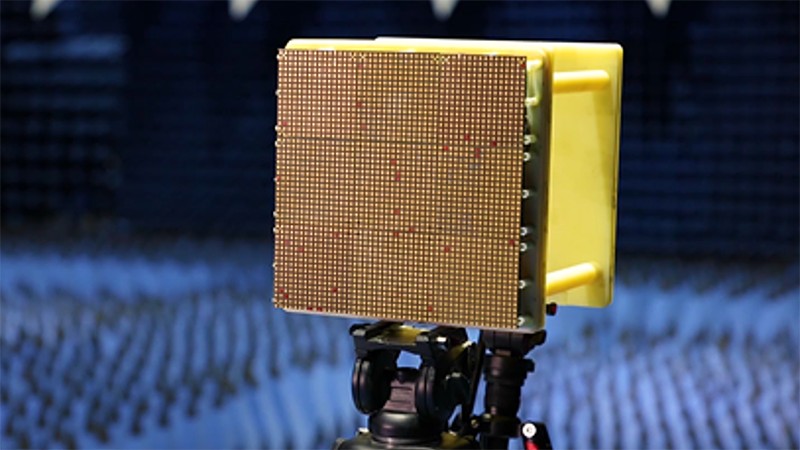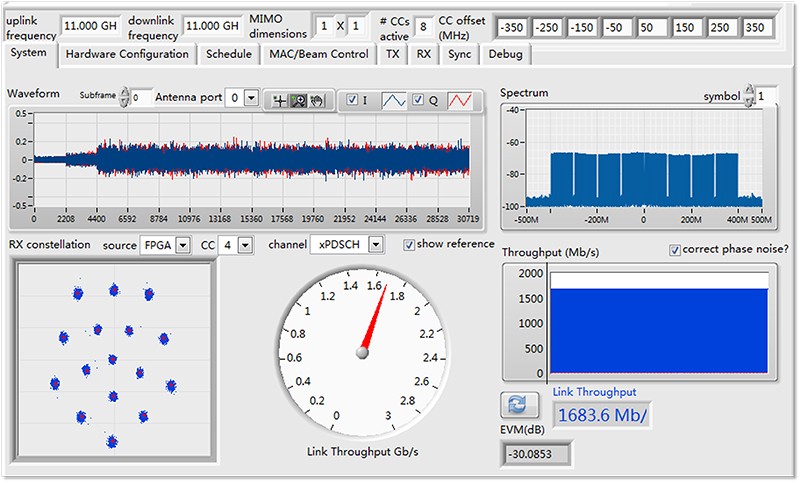Tsinghua University Develops Low-Power Communications Based on RIS and AI for 6G
Shenheng Xu, Associate Professor at the Department of Electronic Engineering, Tsinghua University
Fan Yang, IEEE Fellow and Professor at the Department of Electronic Engineering, Tsinghua University
Linglong Dai, IEEE Fellow and an Associate Professor at the Department of Electronic Engineering, Tsinghua University
"A low-power communication system based on reconfigurable intelligent surfaces (RIS) and artificial intelligence (AI) could address the key challenge of unaffordable power consumption requirements, which 6G UM-MIMO faces."
Linglong Dai, IEEE Fellow and an Associate Professor at the Department of Electronic Engineering, Tsinghua University
The Challenge:
Massive multiple-input-multiple-output (MIMO) is one of the most important techniques used in 5G, employing hundreds of antennas to achieve a high data rate of several Gbps. To achieve a 10-fold increase in data rate that may be needed for 6G, massive MIMO is evolving to ultra-massive MIMO (UM-MIMO) with thousands of antennas or even more.
The Solution:
To address this challenge, by jointly optimizing the hardware and software, we developed a low-power communication system based on reconfigurable intelligent surfaces (RIS) and artificial intelligence (AI) for 6G.
Exploring Massive MIMO for 6G
Massive multiple-input-multiple-output (MIMO) is one of the most important techniques used in 5G, employing hundreds of antennas to achieve a high data rate of several Gbps. To achieve a 10-fold increase in data rate that may be needed for 6G, massive MIMO is evolving to ultra-massive MIMO (UM-MIMO) with thousands of antennas or even more.
One of the key challenges for 6G UM-MIMO is the unaffordable power consumption requirements. Existing UM-MIMO systems usually employ phased arrays that require many transceiver modules and phased shifters, which result in very high hardware power consumption. Furthermore, with a significant increase in the number of antennas and required data rate, computing power consumption will increase significantly.
Creating a Low-Power Communication System
To address this challenge, by jointly optimizing the hardware and software, we develop a low power communication system based on reconfigurable intelligent surfaces (RIS) and artificial intelligence (AI) for 6G.
For hardware, we replace the power-hungry phased array by low-power RIS to reduce the hardware power consumption. Unlike a phased array that uses separated phase shifters and antennas, RIS integrates the phase shifters and the antenna module. It consists of thousands of low-power sub-wavelength meta-materials. Sufficient experiments demonstrate that RIS can generate high-gain beams with low power consumption. In our developed system, an RIS with 256 elements is employed at the base station to replace the phased array. Moreover, an RIS with 2,304 elements is employed as a relay to assist the communication with reduced transmit power.
Figure 1: 2,304 element RIS at the relay side.
For software, we developed an AI-based transmission design to reduce computing power consumption. A single neural network-based signal processing module is utilized to replace traditional complex signal processing modules, including modulation, demodulation, channel coding, decoding, and so on.
These hardware and software solutions have been implemented on NI’s mmwave communication platform to demo the potential low-power solutions for 6G.
Figure 2: Constellation of AI-based communications.
Next Steps
In the future, we will focus on lower-power communications with extremely large-scale antenna array (ELAA), where near-field propagation should be considered. Specifically, we will design and implement near-field transmission techniques for ELAA with more than 1000 antennas.
References
M. Cui, Z. Wu, Y. Chen, S. Xu, F. Yang, and L. Dai, “Demo: Low-power communications based on RIS and AI for 6G,” in Proc. IEEE ICC 2022, May 2022. (IEEE ICC 2022 Outstanding Demo Award)

